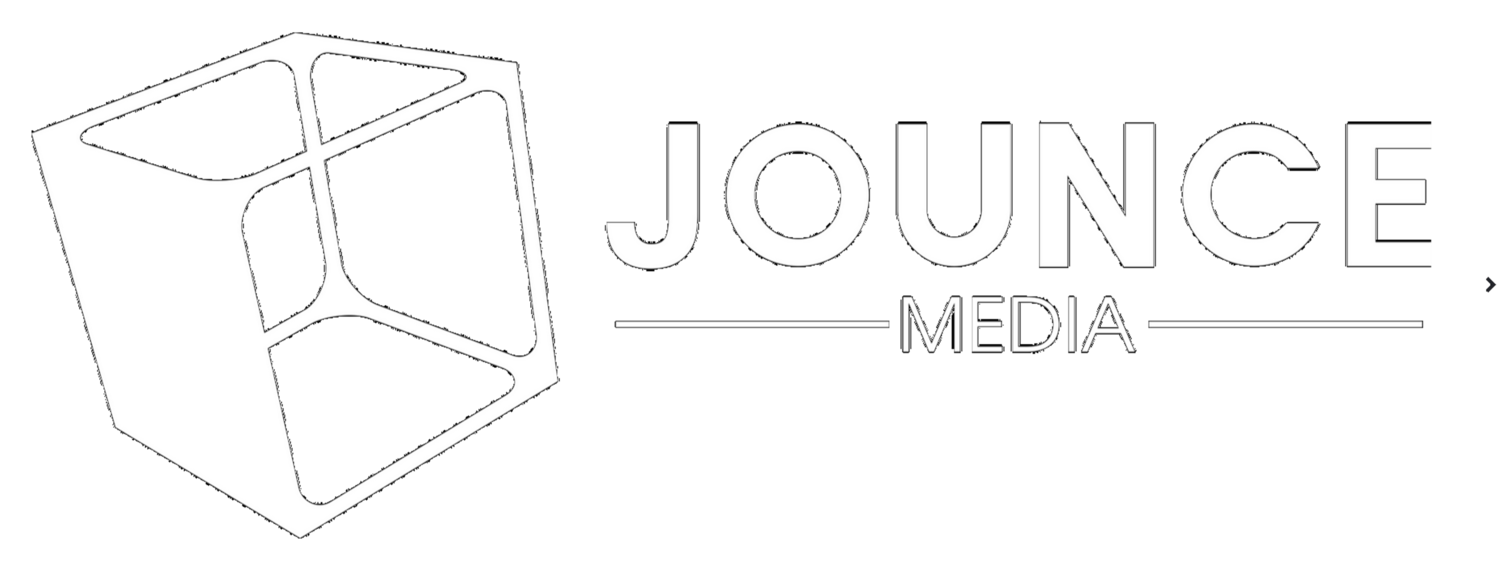The open internet is under pressure, but there is value for marketers who know where to look.
Today, we are releasing our 2020 market outlook report, which includes a bottoms-up forecast of where marketers will deploy global paid media investments in the year ahead along with our analysis on the market forces shaping ad spend growth and share shift.
While digital advertising has grown to represent more than half of all global advertising, the great majority of growth has accrued to a short list of companies who operate closed advertising systems – primarily Google, Facebook, and Amazon. We expect that in 2020 these three companies will control 79% of non-search digital advertising. In addition to operating scaled owned-and-operated media properties, Google, Facebook, and Amazon have also all launched off-site advertising businesses that now power 59% of advertising on the open internet. In total, we expect that Google, Amazon, and Facebook will collectively capture $24.1B of net new ad spend in 2020 in a market that will only expand by $19.4B.
The open internet is also experiencing a unique period of uncertainty. Both government regulation and browser privacy policies threaten to severely restrict interest-based advertising on the open internet, breaking the economic model of ad supported digital media. Concurrently, both ad buyers and ad sellers are scrutinizing sources of inefficiency in the programmatic supply chain and re-tooling trading processes through a practice called supply path optimization.
So what does this all mean? Here are the five industry-defining trends we expect to see in the year ahead:
Marketers will continue to experience ROI declines in over-monetized walled gardens. Savvy marketers who can navigate the complexities of the open internet will find scaled pools of under-valued inventory that achieve superior investment returns.
Open internet publishers will engage in increasingly aggressive yield strategies to drive up auction density. The sell side technology platforms who power programmatic auctions will remain highly fragmented as growing numbers of websites and apps adopt multi-auction yield strategies.
Against this backdrop of supply chain complexity, buy-side and sell-side technology companies will establish strategic alliances to create cost efficient and transparent programmatic marketplaces.
Marketers will shift budgets toward scaled buy-side platforms that have the capacity to process the full bid stream. As these scaled bidding platforms consolidate market share, sub-scale DSPs and ad networks will face mounting financial pressure.
Media companies with authenticated users will achieve significantly better economics than media companies with anonymous traffic, who will be exposed to unpredictable consumer privacy headwinds. The largest media companies will explore opportunities to build proprietary programmatic demand and establish new walled gardens
For our complete thoughts on these market shifts and for a comprehensive view into our bottoms-up 2020 ad spend forecast, you can purchase our 2020 market outlook report: The State Of The Open Internet.

